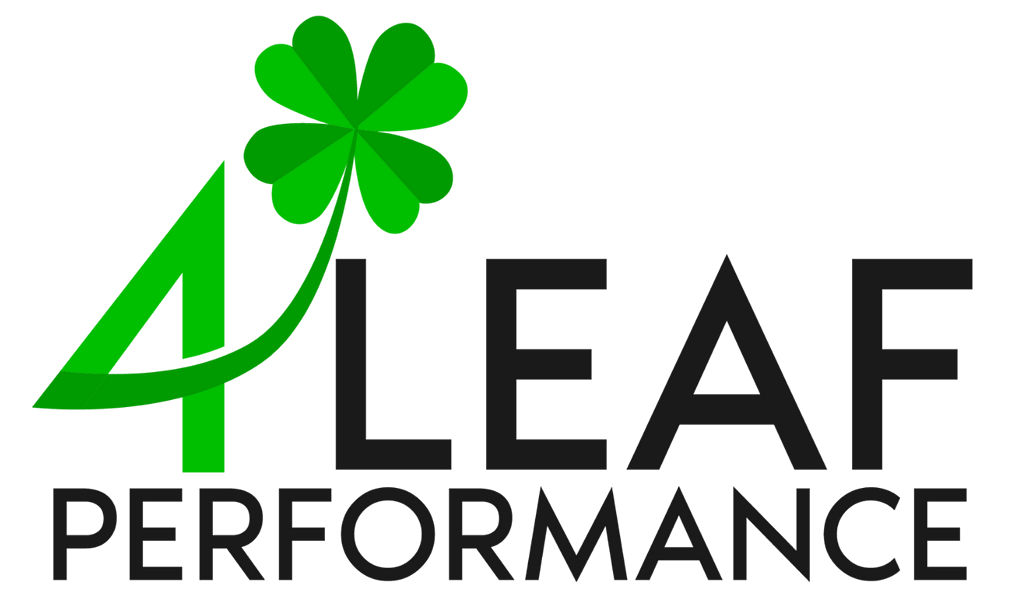Hiring decisions often revolve around resumes, experience, and interviews. But even with all the right qualifications on paper, some new hires just don’t click. That’s because hard skills are only one piece of the puzzle.
If you’re focused on building a strong, collaborative team, you must look beyond technical capabilities. This is where DISC team building becomes a strategic advantage.
DISC isn’t just another personality test—it’s a practical tool that helps you understand how people prefer to work, communicate, and lead. By identifying key DISC styles (Dominance, Influence, Steadiness, and Conscientiousness), you can make more informed hiring decisions that improve team dynamics from the start.
The Problem with Traditional Hiring
Most hiring processes prioritize resumes, technical skills, and performance in interviews. While these elements matter, they don’t tell you how someone will work with others, respond to feedback, or align with your company’s day-to-day.
Traditional hiring often overlooks how well a candidate fits into your existing team. You might hire someone with impressive experience, only to realize later that their communication style clashes with your team culture. This mismatch can affect collaboration, slow down progress, and lead to unnecessary turnover.
Without a clear understanding of how people naturally operate in different settings, it’s easy to miss the behavioral and communication gaps that matter once the role begins. That’s where DISC team building fills in the blanks. By considering DISC styles as part of your hiring process, you gain insight into how someone will engage with others—not just what they can do.
Hiring without behavioral context also makes it difficult to identify leadership potential. Two candidates might have similar qualifications, but their DISC leadership styles could differ significantly. One may lead with directness and urgency, while the other may focus on stability and team harmony. Depending on your company’s needs, either could be a fit—or a mismatch.
When DISC communication styles and behavior patterns are missing from your hiring criteria, you risk building a team that may look good on paper but lacks synergy in practice.
What is DISC? A Quick Overview
DISC is a behavioral assessment tool that helps you understand how people prefer to communicate, work, and interact with others. It breaks behavior down into four core DISC styles:
- Dominance (D): Results-driven, confident, and direct. Prefers fast decisions and clear outcomes.
- Influence (I): Outgoing, enthusiastic, and people-oriented. Energizes a team and thrives on collaboration.
- Steadiness (S): Supportive, reliable, and patient. Brings consistency and prefers a calm, structured environment.
- Conscientiousness (C): Analytical, detail-focused, and quality-conscious. Values accuracy and high standards.
Each person has a unique blend of these styles, which shape how they respond to challenges, influence others, follow rules, and interact with the team.
Unlike personality tests that aim to label people, DISC focuses on observable behaviors—how someone naturally shows up and adapts to different situations. This makes it practical and easy to apply in real work environments.
Understanding DISC communication styles helps you identify how candidates express themselves and receive information. For example, a high-D might value brief, bottom-line communication, while a high-S might prefer a more relational, steady approach.
Likewise, DISC leadership styles offer insight into how someone may guide or support others. A high I may lead by inspiring others, while a high C may lead through precision and process. These distinctions matter when building leadership pipelines and aligning future hires with your team’s culture.
When you use DISC in hiring, it’s not about finding the “right” style—it’s about understanding which behaviors will complement your current team and support the role’s demands. This is the foundation of effective DISC team building.

Why DISC Belongs in the Hiring Process
Technical skills may get someone through the door, but their behavior and communication style determine long-term fit. That’s where DISC can play a meaningful role in hiring.
For example, suppose you’re hiring for a role that requires fast decision-making and confidence under pressure. In that case, a candidate with a strong Dominance style might be a better match. On the other hand, if the role involves careful analysis and attention to detail, someone with high Conscientiousness may thrive. Understanding these DISC styles upfront helps reduce misalignment before it becomes costly.
DISC also helps you identify communication preferences early. A team member with an Influence style may prefer open dialogue and brainstorming sessions, while someone with a Steadiness style may do better with written instructions and time to process. Matching DISC communication styles to the needs of the role and the rest of the team can improve clarity, reduce misunderstandings, and strengthen collaboration from day one.
Leadership potential is another area where DISC adds value. Although someone may not currently hold a leadership title, their DISC leadership style—whether it’s leading by example, motivating others, or organizing systems—can show you how they might grow in the future.
Hiring with DISC supports smarter decisions and more balanced teams. It allows you to build roles around people’s strengths while reinforcing overall DISC team building across departments.
How to Use DISC When Hiring
Integrating DISC into your hiring process doesn’t mean replacing traditional methods but enhancing them. Here’s how to use DISC at each stage to improve decision-making and build stronger teams.
Before the Hire: Define the Role and Team Needs
Start by identifying the behavioral traits that will support success in the role. Ask:
- Does the position require quick decision-making or methodical analysis?
- Will the person need to lead others or follow established procedures?
- What DISC styles are already present on the team—and where are the gaps?
This helps you define a target DISC profile and ensures that new hires complement existing team dynamics, supporting effective DISC team building from the start.
During the Hiring Process: Assess and Observe
Use a DISC assessment alongside interviews to get a fuller picture of the candidate. The assessment reveals the candidate’s natural and adaptive behaviors—how they typically operate and adjust under pressure.
Pay attention to DISC communication styles during interviews. A candidate with an Influence style may speak with energy and enthusiasm, while someone with a Conscientiousness style might take a more thoughtful, structured approach. Both are valid—it just depends on the role and the environment they’re entering.
You can also tailor your interview questions to reveal behavioral tendencies. For example:
- “How do you handle sudden changes in priorities?”
- “Describe a time when you had to lead a project with limited direction.”
These prompts help you spot how different DISC leadership styles show up in real-world scenarios.
After the Hire: Use DISC for Onboarding and Development
Once a candidate joins your team, their DISC profile becomes a tool for personalized onboarding. Managers can use it to align communication, set clear standards, and avoid early missteps. If they prefer structure and routine (typical of the Steadiness or Conscientiousness styles), throwing them into a fast-paced, unstructured setting without support may backfire.
Over time, you can also use DISC insights to shape growth paths. For example, someone with natural leadership tendencies might benefit from opportunities to mentor others or lead projects—whether or not they hold a formal title.
When used consistently, DISC strengthens team cohesion, improves retention, and creates a clearer roadmap for ongoing DISC team building.

Real-World Examples of DISC in Hiring
Seeing how DISC works in real hiring situations can make the benefits easier to understand. Below are a few examples that show how factoring in DISC styles and behaviors can lead to smarter hires and better team performance.
Hiring a Project Manager
A company needed a project manager to oversee cross-functional teams and keep fast-moving projects on track. The initial candidate pool had strong resumes, but after incorporating DISC assessments, it became clear that one finalist had a strong Dominance-Conscientiousness blend—confident in decision-making, detail-oriented, and highly organized.
This DISC profile aligned with the role’s need for clear direction and follow-through. The hiring team also noted that their existing team leaned heavily toward Influence and Steadiness styles. Bringing in someone with higher Dominance added balance and clarity, improving accountability and communication across the board. This is a simple example of how DISC team building helps round out behavior gaps.
Filling a Customer Support Role
A retail company was hiring a new team member for its support center. The role required patience, active listening, and a steady presence. One candidate, while qualified, showed a strong Dominance style during the interview—fast-talking, assertive, and task-focused. Another candidate, with a Steadiness-Influence blend, communicated calmly and showed high emotional awareness.
The hiring team chose the second candidate, recognizing their natural fit with both the customer base and the internal support culture. Their DISC communication style created a smoother customer experience, and their steady approach helped reduce escalations.
Selecting a Sales Leader
In another case, a growing B2B company was promoting from within to fill a sales leadership role. Two team members had strong sales numbers, but their DISC leadership styles differed significantly. One was a high-I (Influence) with natural charisma, great at motivating peers and generating enthusiasm. The other leaned heavily toward Conscientiousness, excelling in tracking performance data and coaching through structure.
Rather than defaulting to the top seller, leadership reviewed both DISC profiles alongside team needs. The team already had strong performers but lacked consistent follow-up and process. Promoting the Conscientiousness-style leader helped improve standards and accountability—leading to better long-term results.
These examples show how looking beyond resumes and considering DISC styles can help make more aligned, intentional hiring decisions. It also sets the stage for smoother onboarding, clearer communication, and long-term DISC team-building success.
DISC Team Building: Beyond the Hire
Hiring with DISC in mind is just the beginning. The real impact shows up when you continue using DISC as a tool to strengthen team performance, communication, and leadership development over time.
Once your team is in place, understanding their DISC styles helps you manage them more effectively. You can align tasks with natural strengths, reduce friction in group dynamics, and support each person’s growth with greater clarity.
DISC communication styles also come into play during feedback and collaboration. A Dominance-style team member may prefer direct, results-focused conversations, while someone with a Steadiness profile might need more time to process and respond.
In leadership development, DISC can guide how you coach and promote from within. Some team members may not raise their hand for leadership but still have a strong DISC leadership style that can be developed with the right support. Identifying those traits early helps you grow future leaders intentionally, not just based on performance metrics.
At the team level, DISC team-building workshops or sessions can enhance collaboration. When people understand their own style and how it fits with others, they work more effectively together. This leads to fewer communication breakdowns, stronger accountability, and higher overall engagement.
DISC isn’t just a hiring tool—it’s a practical framework for building alignment, trust, and performance across your entire team.

Your Next Step in Smarter Hiring and Team Development
Resumes and interviews can only tell you so much. If you want to build a team that performs well together—not just individually—you need more than technical skills and surface-level impressions. Incorporating DISC team building into your hiring and development process helps you understand how people work, communicate, and lead.
By considering DISC styles, you gain insight into how candidates align with your culture and team structure. From there, you can use DISC communication styles and DISC leadership styles to improve collaboration, streamline onboarding, and develop stronger leaders from within.
At 4 Leaf Performance, we help companies apply DISC in practical, results-focused ways—from hiring support to customized leadership development programs. If you’re ready to build a more aligned, high-performing team, let’s start with a DISC-based approach.



